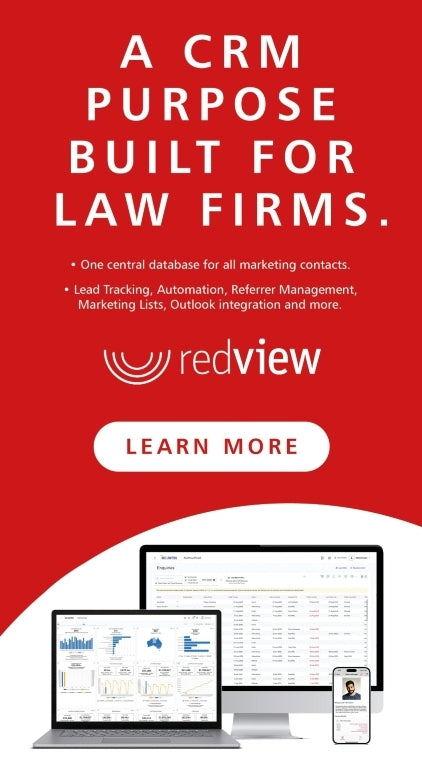
The Future of Bank Feeds for Australian Legal Practice
The landscape of automated bank feeds in Australia is shifting, with significant regulatory changes on the horizon that will affect how legal practices manage their financial data.
In mid-2023, the Office of the Australian Information Commissioner (OAIC) released a discussion paper titled "Screen Scraping – Policy and Regulatory Implications", which outlined substantial privacy and security risks posed by screen scraping practices. The OAIC explicitly recommended that screen scraping be prohibited, identifying Consumer Data Right (CDR) as a safer and more secure alternative.
In March 2025, the Albanese Government announced its intention to ban screen scraping practices and plans to expand the CDR into non-bank lending industries from mid-2026.
This regulatory change presents an opportunity to transform how law practices track their financial data.
Understanding the technologies
Screen scraping requires Barristers and Solicitors to give software their banking username and password. The software logs into your online banking and copies transaction data from the screen. If the software company's security is breached, your bank account could be compromised. When you change your password, the bank feed stops working.
CDR-compliant bank feeds work differently. You authorise your bank to share transaction data directly with approved applications, without sharing your login credentials. Your bank sends financial information through a secure, encrypted channel to CDR-accredited applications. It's like authorising your bank to send statements directly to your accountant, rather than giving your accountant your banking password. You can change your bank password without affecting the data flow, and revoke access at any time.
Banks are moving first
Australian banks are already taking proactive steps that are causing immediate problems for screen scraping solutions. Earlier this year, ANZ announced that it would eliminate traditional passwords. The introduction of multi-factor authentication (MFA) by National Australia Bank (NAB) and the Commonwealth Bank of Australia (CBA), has made screen scraping largely impractical.
This shift towards passwordless banking and biometric authentication means screen-scraping bank feeds are increasingly unreliable. When a bank removes password-based logins or enhances MFA requirements, third-party applications relying on screen scraping stop working. As such, legal practices face unpredictable service interruptions and manual data entry when their bank feeds fail.
SILQ's CDR solution
SILQ is the first legal practice management system offering automatic bank feeds that utilise CDR practices.
SILQ's CDR-compliant approach, delivered through a seamless integration with Basiq, is unaffected by banking industry changes. SILQ’s automated bank feed solution offers:
- Comprehensive connectivity: Secure connection to 138 Australian banks and financial institutions, with feeds from multiple bank accounts and credit cards.
- Automated efficiency: Once linked, transactions flow into SILQ automatically, eliminating manual data entry of incoming and outgoing received and spent money. SILQ's system pre-fills required information, saving hours each week.
This combination of CDR security, broad bank coverage, and intelligent automation means SILQ customers manage their financial obligations with confidence while reclaiming valuable time for client work.
Future-proof your firm for maximum efficiency
Australian legal practitioners who transition to CDR-compliant bank feeds now are experiencing a competitive advantage through improved reliability and efficiency, whilst simultaneously future-proofing their financial management practices. Legal services that delay, risk regulatory non-compliance and operational disruptions.
Book a demonstration to see how SILQ's automated CDR-compliant bank feeds can transform your practice's financial management and ensure you're ready for upcoming regulatory changes.





